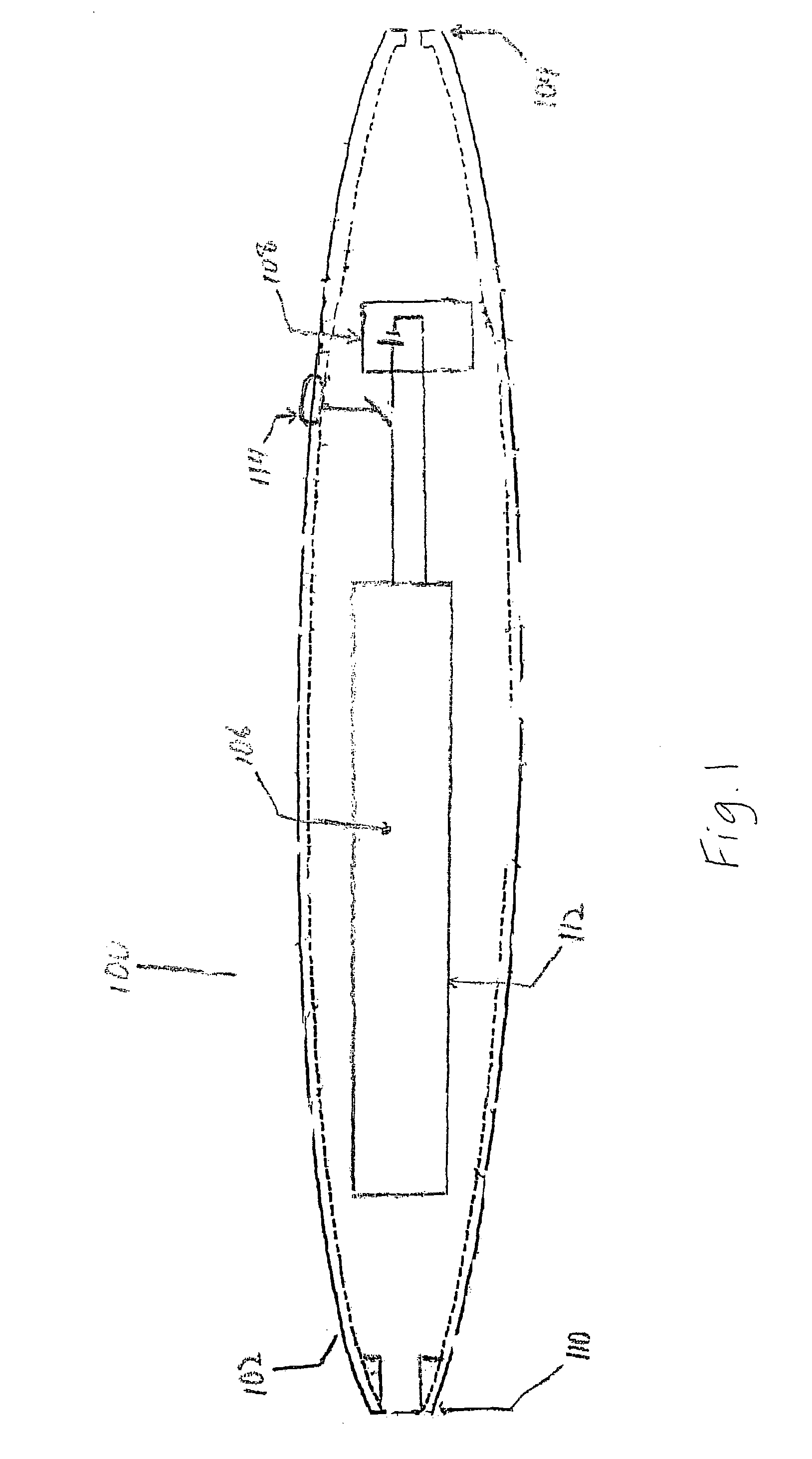Delivery of drug amines through an inhalation route
a technology of drug amines and inhalation routes, which is applied in the direction of drug compositions, aerosol delivery, spray delivery, etc., can solve the problems of reducing the efficacy of thermal vapor, poor solubility, and preventing effective drug delivery, so as to enhance the physical or chemical stability of the coating
- Summary
- Abstract
- Description
- Claims
- Application Information
AI Technical Summary
Benefits of technology
Problems solved by technology
Method used
Image
Examples
example 1
General Procedure A for Volatilizing Drug Amines from Drug Amine Salts
General Procedure for the Preparation of a Coating Solution
[0194]The concentration of a solution for coating of the substrate was typically 50-200 mg / ml. The amine drug salt was dissolved in an appropriate solvent. Common solvent choices included methanol, dichloromethane, and a 3:1 chloroform:methanol mixture, although DMF was used for less soluble amine drug salts and deionized water was used for amine drug salts that were insoluble in organic solvents. Occasionally sonication or heat was necessary to dissolve the compound.
Volatilization
[0195]A solution of drug amine salt in a minimal amount of solvent was typically coated on a piece of aluminum foil (precleaned with acetone). The solvent was allowed to evaporate. The coated foil was wrapped around a 300 watt halogen tube (Feit Electric Company, Pico Rivera, Calif.), which was inserted into a glass tube sealed at one end with a rubber stopper. Running 60 V of al...
example 2
General Procedure B for Volatilizing Drug Amines from Drug Amine Salts
[0196]The substrate, consisting of a hollow stainless steel cylinder with thin walls, typically having a wall thickness of 0.12 mm, diameter 13 mm, and length 36 mm and conducive to resistance heating, was dip-coated with an amine drug salt coating solution (prepared as disclosed in Example 1) typically using a computerized dip-coating machine to produce a thin layer of drug on the outside of the substrate surface. Prior to using, the substrates were cleaned in dichloromethane, methanol, and acetone, then dried, and fired at least once to remove any residual volatile material. The substrate was lowered into the drug solution and then removed from the solvent at a rate of typically 5-25cm / sec. The substrate was then allowed to dry for 30 minutes inside a fume hood. If either DMF or a water mixture was used as a dip coating solvent, the substrate was vacuum dried inside a desiccator for a minimum of one h...
example 3
General Procedure A for Screening Drug Amine Salts for Aerosolization Preferability
[0200]Drug amine salt (1 mg) was dissolved or suspended in a minimal amount of solvent, such as for example, methanol. The solution or suspension was pipeted onto the middle portion of a 3 cm by 3 cm piece of aluminum foil. The coated foil was wrapped around the end of a 1½ cm diameter vial and secured with parafilm. A hot plate was preheated to approximately 300° C., and the vial was placed on it foil side down. The vial was left on the hotplate for 10 s after volatilization or decomposition had begun. After removal from the hotplate, the vial was allowed to cool to room temperature. The foil was removed, and the vial was extracted with dichloromethane followed by saturated aqueous NaHCO3. The organic and aqueous extracts were shaken together, separated, and the organic extract is dried over Na2SO4. An aliquot of the organic solution was removed and injected into a reverse-phase HPLC with detection b...
PUM
| Property | Measurement | Unit |
|---|---|---|
| mass median aerodynamic diameter | aaaaa | aaaaa |
| mass median aerodynamic diameter | aaaaa | aaaaa |
| mass median aerodynamic diameter | aaaaa | aaaaa |
Abstract
Description
Claims
Application Information
 Login to View More
Login to View More - R&D
- Intellectual Property
- Life Sciences
- Materials
- Tech Scout
- Unparalleled Data Quality
- Higher Quality Content
- 60% Fewer Hallucinations
Browse by: Latest US Patents, China's latest patents, Technical Efficacy Thesaurus, Application Domain, Technology Topic, Popular Technical Reports.
© 2025 PatSnap. All rights reserved.Legal|Privacy policy|Modern Slavery Act Transparency Statement|Sitemap|About US| Contact US: help@patsnap.com

